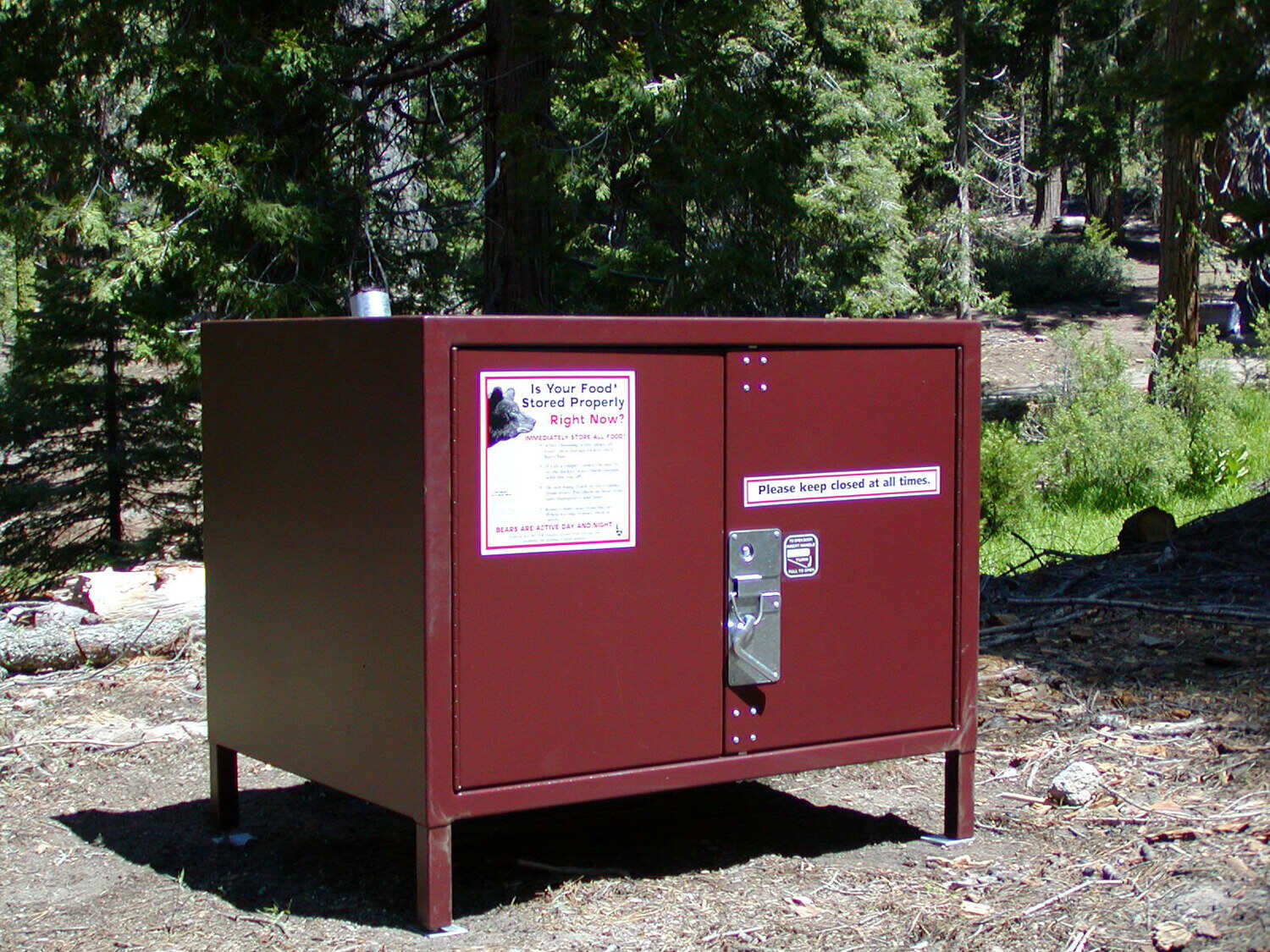

Articles
How To Store Food In Bear Country
Modified: January 19, 2024
Learn important tips on how to store food in bear country with our insightful articles. Protect yourself and wildlife while enjoying the outdoors.
(Many of the links in this article redirect to a specific reviewed product. Your purchase of these products through affiliate links helps to generate commission for Storables.com, at no extra cost. Learn more)
Introduction
Welcome to the wild and beautiful world of bear country! If you enjoy camping, hiking, or backpacking in areas inhabited by bears, it’s important to know how to safely store your food to avoid potential encounters with these majestic creatures. Bears have an incredible sense of smell and are attracted to the scent of food, making them notorious for rummaging through campsites in search of an easy meal.
By taking the necessary precautions and following proper food storage techniques, you can minimize the risk of attracting bears to your campsite. In this article, we will explore various methods to store food in bear country and ensure a safe and enjoyable outdoor experience.
Before we dive into the details, it’s crucial to understand bear behavior and how it relates to food storage. Bears are naturally curious and opportunistic creatures. They are constantly in search of food, especially during times when their natural food sources may be scarce. By securing your food and other scented items properly, you can prevent bears from associating humans with a readily available food source.
When it comes to evaluating your food storage options, you have several choices to consider. The most effective methods focus on using bear-resistant containers or hanging food away from bears’ reach. These methods help to minimize the possibilities of bears accessing your food and maintain a safe distance between you and them.
In the next sections, we will explore various food storage options, including bear-resistant containers, bear canisters, bear bags, and hanging food. Additionally, we will discuss other food storage methods and provide tips for clean-up after meals in bear country. By following these guidelines and utilizing the appropriate food storage techniques, you can minimize the chances of bears being attracted to your campsite.
Remember, responsible food storage not only protects you but also preserves the natural behavior and habitats of bears. With proper planning and awareness, you can ensure a harmonious coexistence with bears while enjoying the great outdoors.
Key Takeaways:
- Proper food storage in bear country is crucial for minimizing the risk of attracting bears to your campsite. Utilize bear-resistant containers, bear bags, or hanging food, and always adhere to specific area regulations to ensure a safe outdoor experience.
- Responsible food cleanup is essential in bear country to reduce odors and prevent wildlife encounters. Thoroughly clean utensils, dispose of food waste properly, and maintain a clean campsite to minimize the chances of attracting bears and other wildlife.
Understanding Bear Behavior
To effectively store your food in bear country, it’s essential to have a basic understanding of bear behavior. Bears are intelligent and resourceful animals, and their behavior can vary depending on the species and the individual bear’s experiences.
Bears have an incredible sense of smell, far superior to that of humans. They can detect the scent of food from a considerable distance, even if it is sealed in airtight containers. When bears catch whiffs of food, they become curious and may investigate the source of the scent, which can potentially lead them to your campsite.
Bears are also highly motivated by hunger. They spend a significant part of their waking hours foraging for food, especially during times when their natural food sources are limited. In bear country, it’s important to note the local conditions and seasons when natural food availability may be scarce. During these periods, bears are more likely to be attracted to human food.
In addition to their powerful sense of smell and foraging behavior, bears are also intelligent problem solvers. They have been known to break into vehicles, tents, or improperly stored food caches in search of a meal. Once bears associate an easy food source with humans, they can become habituated to searching for food around campsites, which can lead to potentially dangerous encounters.
Therefore, understanding bear behavior and taking preventative measures is crucial. By properly storing your food, you can minimize the chances of attracting bears to your campsite and avoid potential conflicts. Remember that bear encounters are rare, but it’s always better to be prepared and proactive in protecting yourself, the bears, and the environment.
In the next sections, we will explore various food storage options that you can implement to keep your food safe and reduce the risk of attracting bears to your campsite.
Evaluating Your Food Storage Options
When it comes to storing food in bear country, there are several options available to you. It’s important to evaluate each option based on its effectiveness, convenience, and compatibility with your camping or hiking style.
One of the most effective methods of food storage in bear country is using bear-resistant containers. These containers are specially designed to withstand the strength and intelligence of bears. They are made of durable materials and are typically equipped with latches or locking mechanisms to prevent bears from accessing the contents.
Bear canisters are a popular type of bear-resistant container. These are hard-sided containers made of sturdy materials like polycarbonate or metal. Bear canisters are designed to be completely bear-proof, making it nearly impossible for bears to open them. They are available in different sizes to meet your storage needs and can be easily packed in a backpack or secured to a campsite.
Bear bags are another option for food storage in bear country. These are lightweight, portable, and easier to carry than bear canisters. Bear bags are typically made of tear-resistant nylon and are hung at least 10-15 feet above the ground and 4-6 feet away from the tree trunk. The idea is to keep the food suspended in a location that is out of reach for bears. It’s important to note that bear bags require proper hanging techniques to ensure they are secure and not easily accessible to bears.
Hanging food is a traditional method of food storage in bear country. This method involves using ropes and carabiners to hang the food high up in a tree, away from bears’ reach. However, it’s important to mention that hanging food can be challenging and time-consuming, especially if you are not familiar with proper hanging techniques. Additionally, some areas may have specific regulations or restrictions on hanging food due to height limitations or the presence of bear poles or cables.
Aside from bear-resistant containers and hanging methods, there are other food storage options available as well. Some campsites or backcountry areas may have designated bear boxes or bear-proof lockers where you can store your food. These options provide a convenient and secure way to store your food at your campsite or trailhead.
When evaluating your food storage options, consider factors such as the length of your trip, the amount of food you need to store, weight and portability preferences, and any regulations or guidelines specific to the area you plan to visit. It’s also important to research and familiarize yourself with the specific requirements for food storage in the region you will be exploring. This ensures that you choose the most suitable method to protect your food and minimize the risk of attracting bears.
Now that we have explored different food storage options, let’s dive deeper into bear-resistant containers and bear canisters in the next section.
Bear-Resistant Containers
Bear-resistant containers are a highly effective method for storing food in bear country. These containers are designed to withstand the strength and ingenuity of bears, preventing them from accessing your food and other scented items.
One of the most popular types of bear-resistant containers is the bear canister. Bear canisters are made of sturdy materials like polycarbonate or metal and are specifically designed to be bear-proof. They have a secure closure mechanism, such as a locking system or threaded lid, which makes it extremely difficult for bears to open them.
When using a bear canister, it’s important to follow proper storage guidelines. Place the canister at least 100 feet away from your sleeping area and any other areas where you spend time in camp. This helps prevent bears from associating humans with the presence of food.
When choosing a bear canister, consider the size and capacity that suits your needs. Bear canisters are available in different volumes, ranging from small enough for a weekend trip to larger ones for longer excursions. Before purchasing a bear canister, research the regulations and recommendations for the specific area you’ll be visiting, as some regions may have required specifications for bear canisters.
It’s important to note that bear-resistant containers should be used not just for storing food but also for other scented items such as toiletries and cooking utensils. Bears have a keen sense of smell and can be attracted to items that have an odor. By storing all scented items in your bear-resistant container, you minimize the chances of bears being enticed by your gear.
Another advantage of bear-resistant containers is that they provide a convenient and organized way to store your food. With a bear canister, you can neatly pack your food and easily access it without worrying about your supplies being scattered or damaged by wildlife.
Remember to always check the specific regulations and requirements for bear-resistant containers in the area you plan to visit. Some parks or campgrounds may have their own guidelines, including the specific types or models of bear canisters that are approved for use.
Bear-resistant containers are a reliable option for food storage in bear country, providing peace of mind and ensuring a safer and more enjoyable outdoor experience. However, it’s important to remember that no method is foolproof, and bears are intelligent creatures. Always practice responsible behavior and vigilance in bear country.
In the next section, we will explore another method of food storage – bear bags.
Bear Canisters
Bear canisters are an essential tool for safely storing food in bear country. These specially designed containers are made of durable materials like polycarbonate or metal and are specifically built to be bear-proof. Bear canisters provide a secure and effective way to protect your food and scented items from bears.
The primary purpose of a bear canister is to prevent bears from accessing your food. They feature a sturdy closure mechanism, such as a locking system or threaded lid, which makes it extremely challenging for bears to open them. The canisters are designed to withstand the strength and intelligence of bears, ensuring that your food supply remains intact and inaccessible to wildlife.
When using bear canisters, it’s important to follow proper guidelines for placement and storage. Place the canister at least 100 feet away from your sleeping area and any other areas where you spend time in camp. This distance helps keep bears away from your immediate vicinity and reduces the chance of an encounter.
One of the key advantages of bear canisters is their versatility and capacity. They come in various sizes, ranging from compact containers for weekend trips to larger canisters for extended backcountry adventures. Choose a size that matches your specific needs and the duration of your trip. It’s important to consider the amount of food you’ll be carrying and any additional scented items that will need to be stored.
When packing your bear canister, it’s crucial to be organized and strategic. Place your food items in a way that maximizes space and minimizes excess air. This can help prevent your food from shifting and potentially getting crushed. Also, consider separating your food into sealed bags or containers to maintain cleanliness and prevent cross-contamination.
Another benefit of bear canisters is that they provide a convenient and practical way to carry and store your food. They are designed to fit neatly in your backpack or be easily attached to the outside. With a bear canister, you can easily access your food supplies without the hassle of rummaging through your pack or worrying about wildlife getting into your gear.
It’s important to note that bear canisters are more than just food storage containers. They should be used to store all scented items, including toiletries, cooking utensils, and any other items that may attract bears. By keeping all scented items in your bear canister, you reduce the likelihood of attracting bears to your campsite.
Before embarking on your outdoor adventure, familiarize yourself with the specific regulations and requirements for bear canisters in the area you plan to visit. Different regions may have their own guidelines regarding approved types or models of bear canisters, so it’s essential to stay informed and adhere to local regulations.
Bear canisters are a reliable and effective method of food storage in bear country. They offer peace of mind, protect both you and the wildlife, and ensure a safer and more enjoyable outdoor experience. However, always remember that bear canisters are just one element of responsible behavior and precautions in bear country. Stay alert, practice proper camping etiquette, and respect the natural habitat of these incredible animals.
Next, let’s explore another method of food storage – bear bags.
Read more: How To Store Gummy Bears
Bear Bags
Bear bags are a popular method for storing food in bear country. They offer a lightweight and portable solution for keeping your food safe and out of reach from bears and other wildlife.
A bear bag typically consists of a sturdy sack made of tear-resistant nylon material, coupled with a strong cord or rope for hanging. The main idea behind a bear bag is to suspend your food high in the air, at least 10-15 feet above the ground and 4-6 feet away from the tree trunk. This positioning makes it difficult for bears to access your food and minimizes the chances of attracting them to your campsite.
When choosing a bear bag, opt for one that is specifically designed for this purpose. Look for bags that are durable, lightweight, and have a secure closure mechanism to keep your food protected. Consider the size of the bag and ensure it has enough capacity to accommodate your food supply.
When preparing to hang your bear bag, find a suitable tree with a branch that can support the weight of the bag and is positioned away from other objects that could help bears reach the bag. It’s important to choose a tree that is not easily climbable by bears, such as one with smooth trunks or lacking low-hanging branches. Remember to check the regulations and guidelines for the specific area you’re camping in, as some regions may have restrictions on the types of trees you can use for hanging bear bags.
Properly hanging a bear bag requires knowledge and technique. Begin by securing one end of the cord to the bag and the other end to a throwing rock or weight, which will make it easier to throw the cord over the branch. Stand back from the branch and throw the weighted end of the cord over the branch, allowing it to fall on the other side. Once the cord is securely over the branch, hoist the bear bag up, using the remaining cord. Pull the bag high into the air until it is at the desired height and distance from the trunk. Secure the cord to the tree trunk using a knot, carabiner, or another suitable mechanism.
It’s essential to practice proper hanging techniques to ensure that your bear bag is secure and won’t easily come down. This helps prevent bears from accessing your food and reduces the risk of damage to your supplies.
Remember that bear bags should not only be used for food but also for storing any scented items that could attract bears, such as toiletries and cooking utensils. Keep all scented items in the bear bag to minimize the chances of bears being enticed by the smell.
While bear bags offer a lightweight and portable food storage solution, it’s important to note that they do require some knowledge and practice to use effectively. Improper hanging techniques or selecting the wrong tree can result in the bag being easily reachable by bears or other animals. Therefore, it’s essential to familiarize yourself with proper hanging procedures and practice them before your camping trip.
Next, let’s explore another method of food storage – hanging food.
Store food in bear country by using bear-proof containers or hanging food in a bear bag at least 10 feet off the ground and 4 feet from any vertical support. Keep a clean campsite to minimize food odors.
Hanging Food
Hanging food is a traditional method of food storage in bear country. It involves suspending your food supply high up in a tree, out of reach from bears and other wildlife. While it may require some effort and skill, hanging food can be an effective way to keep your food secure.
The key principle of hanging food is to place it at least 10-15 feet above the ground and 4-6 feet away from the tree trunk. By keeping your food elevated and away from the trunk, you make it more difficult for bears to access it. The higher the food is hung, the less likely it is for bears to reach.
When selecting a tree for hanging food, look for a tree with smooth bark or lacking low-hanging branches. These features make it harder for bears to climb the tree and get to your food. Keep in mind that the tree should be strong enough to support the weight of your food bag without branches or other objects that could assist bears in reaching it.
Before attempting to hang your food, familiarize yourself with the proper techniques. Here’s a basic step-by-step guide for hanging food:
- Choose a suitable tree, ensuring it meets the criteria mentioned above.
- Attach one end of a rope or cord to your food bag and the other end to a throwing rock or weight.
- Stand back from the tree and throw the weighted end of the rope or cord over a sturdy branch, allowing it to fall on the other side.
- Once the rope is securely over the branch, hoist the food bag up, using the remaining rope. Pull the bag high into the air until it reaches the desired height.
- Tie off the rope to the trunk of the tree using a knot or a carabiner.
- Ensure that the food bag is hanging at least 10-15 feet above the ground and 4-6 feet away from the tree trunk.
It’s important to note that hanging food can be challenging, especially if you are not familiar with proper techniques or if the tree options are limited. Keep in mind that some areas, such as national parks or designated campsites, may have specific regulations or restrictions on hanging food. In such cases, there may be designated bear poles or cables available for hanging food.
While hanging food can be effective, it is not foolproof. Intelligent and determined bears may still find ways to reach your food if it is not properly hung or if they become habituated to human campsites. Additionally, small critters like rodents may be able to access your food if it’s not securely packaged.
To ensure the success of the hanging food method, follow these additional tips:
- Use odor-proof bags or containers to store your food, reducing the scent that could attract bears or other animals.
- Keep all scented items, such as toiletries and cooking utensils, stored with your food bag or in a bear-resistant container.
- Inspect the area around the tree for any potential hazards that could help bears access your food, such as fallen logs or branches.
- Practice hanging food techniques before your trip to become proficient in the process.
Remember, the goal of hanging food is to minimize the chances of attracting bears to your campsite and keep your food safe. It’s important to check the specific guidelines and regulations for hanging food in the area you plan to visit and to be prepared to adapt your food storage method based on location-specific recommendations.
In the next section, we will explore other food storage methods that can be used in bear country.
Other Food Storage Methods
While bear-resistant containers, bear bags, and hanging food are commonly used methods for storing food in bear country, there are other alternatives that you can consider based on your specific circumstances and the regulations of the area you plan to visit.
Bear boxes or bear-proof lockers are often available in established campgrounds or backcountry areas. These secure boxes are designed to withstand bear intrusion and provide a designated space for storing food and scented items. If you are camping in an area equipped with bear boxes, it’s convenient to utilize them for your food storage needs. Be sure to properly close and secure the bear box after each use to prevent bears or other animals from accessing its contents.
If you are car camping or have access to a vehicle near your campsite, storing your food in a locked vehicle can be an option. Be sure to use airtight containers or sealable bags to minimize food odors and protect against potential spills. If you choose this method, it’s important to check the regulations of the specific area you plan to visit, as some locations may require bear-resistant containers or have restrictions on leaving food in vehicles.
In some backcountry areas, designated food storage poles or cables are available for hanging food. These structures are specifically designed to make hanging food easier and more secure. They may have pulley systems or additional features that aid in hanging your food bags. Familiarize yourself with the specific guidelines and techniques for using these designated food storage systems before your trip.
Another option, though less common, is using electric fencing to protect your campsite and deter bears. Electric fences can create a barrier around your camp and food storage area, deterring bears from entering. It’s important to remember that installing and maintaining an electric fence requires specialized knowledge and can be more suitable for long-term base camps rather than overnight trips.
Regardless of the food storage method you choose, proper cleanliness and hygiene are essential. Always clean your cooking and eating utensils thoroughly, dispose of food scraps properly, and pack out any trash or leftover food. Keeping a clean campsite reduces the likelihood of attracting wildlife, including bears.
Before your trip, research and familiarize yourself with the specific regulations and recommendations for food storage in the area you plan to visit. Park websites, visitor centers, and ranger stations are valuable resources for obtaining up-to-date information on food storage requirements. Adhering to these regulations helps protect both you and the bears, ensuring a safer and more harmonious outdoor experience for all.
Now that we’ve explored various food storage methods, let’s move on to discussing the importance of cleaning up after meals in bear country.
Cleaning Up After Meals
Properly cleaning up after meals is essential when camping or hiking in bear country. Leftover food scraps and cooking residue can attract bears and other wildlife, potentially leading to dangerous encounters. By following proper cleanup practices, you can minimize the chances of bears being drawn to your campsite and help maintain a safe environment for both humans and wildlife.
The first step in cleaning up after meals is to thoroughly wash your cooking and eating utensils. Use biodegradable soap and hot water to ensure that all food particles and odors are removed. Scrubbing your utensils will help eliminate any lingering scent that may attract bears.
After cleaning your utensils, drain the soapy water away from your campsite, following Leave-No-Trace principles. Dispose of the wastewater at least 200 feet away from water sources, such as rivers, lakes, or streams, to prevent contamination.
Next, properly dispose of any leftover food or food scraps. Avoid throwing food scraps directly into the campfire, as this can create unwanted odors and attract wildlife. Instead, collect food scraps in a sealable bag or container and pack them out with your other trash. If facilities are available, dispose of the food waste in designated trash receptacles. Otherwise, securely store the waste along with your other scented items and pack them out of the wilderness.
It’s important to note that burying food waste is not an effective method for disposal in bear country. Bears have a keen sense of smell and can easily locate buried food, which may lead to their habituation to human-associated food sources.
Additionally, clean up any spills or food residues on tables, cooking surfaces, and around your campsite. Wipe down all surfaces with a damp cloth or sponge and rinse with clean water. Avoid using scented cleaning products, as the fragrance can attract wildlife.
When selecting your campsite, choose an area that is away from natural attractions and trails where bears may frequent. This helps minimize the likelihood of bears associating human areas with a readily available food source. Also, consider cooking and eating away from your sleeping area to further reduce the risk of bears approaching your tent or sleeping area.
By practicing diligent food cleanup, you will discourage bears from visiting your campsite and reduce the possibility of negative bear-human encounters. Remember to always follow the specific guidelines and regulations for food disposal in the area you are visiting.
Next, let’s explore some additional tips for safe food storage in bear country that can further enhance your outdoor experience.
Read more: How To Store Teddy Bears
Tips for Safe Food Storage
When it comes to storing food in bear country, there are several key tips to keep in mind to ensure your safety and minimize the risk of attracting bears to your campsite. These best practices for safe food storage can enhance your overall outdoor experience and help maintain a harmonious coexistence between humans and wildlife:
- Plan your meals: Plan your meals in advance to minimize excess food and reduce the amount of waste you have to manage. This helps minimize odors and the attraction of bears to your campsite.
- Use odor-proof containers: Store your food in odor-proof containers, such as bear-resistant canisters, to minimize the scent that attracts bears. Ensure that the containers are properly closed and sealed to keep out unwanted odors.
- Store scented items with food: Keep all scented items, including toiletries, cooking utensils, and trash, stored alongside your food. Bears have a keen sense of smell and can be attracted to any strong scent.
- Be organized: Keep your food storage area clean and organized to avoid spills or scattered scraps that may attract wildlife. Maintaining a tidy campsite reduces the chances of bears being drawn to your location.
- Follow specific food storage regulations: Research and adhere to the specific food storage regulations and guidelines for the area you plan to visit. National parks, wilderness areas, and campsites often have specific requirements to minimize bear encounters.
- Store food away from camping areas: Keep your food storage area at a distance from your sleeping and eating areas. This further reduces the odds of bears associating human activity with food sources.
- Avoid strong-smelling foods: Certain strong-smelling foods, such as fish or bacon, have a higher chance of attracting bears. Limit the presence of such foods in bear country or prioritize storing them in bear-resistant containers.
- Never feed wildlife: Feeding wildlife, including bears, is not only unsafe but also detrimental to their natural behavior. Feeding bears leads to habituation and increased risk of negative encounters. Enjoy wildlife from a safe distance and respect their natural habitat.
- Keep a clean campsite: Practice good hygiene and cleanliness in your campsite by promptly cleaning up after meals, properly disposing of trash, and minimizing food odors. A clean campsite reduces the chances of attracting bears or other animals.
- Be vigilant and aware: Stay alert and be aware of your surroundings. Look for signs of bear activity, such as tracks or scat, and make noise while hiking to alert bears of your presence. Avoid surprising bears and give them space if you come across one.
By following these tips, you can greatly reduce the risk of attracting bears to your campsite and ensure a safer and more enjoyable outdoor experience. Remember that responsible food storage is a critical aspect of minimizing negative human-wildlife interactions and preserving the natural behavior and habitats of bears.
Now that you’re armed with knowledge about safe food storage, you can confidently venture into bear country and appreciate the beauty of the wilderness around you.
Happy camping!
Conclusion
As outdoor enthusiasts, it’s important for us to take responsibility and practice proper food storage techniques when venturing into bear country. By understanding bear behavior and implementing effective food storage methods, we can minimize the risk of attracting bears to our campsites and ensure a safe and enjoyable outdoor experience for ourselves and the wildlife.
Throughout this article, we explored various food storage options, including bear-resistant containers, bear bags, hanging food, and other alternatives such as bear boxes or vehicle storage. Each method has its advantages and suitability depending on the specific circumstances and regulations of the area you plan to visit.
Remember to follow the specific guidelines and regulations for food storage in the area you are camping or hiking. Research and familiarize yourself with the specific requirements, approved containers, and proper hanging techniques for the region. Adherence to these guidelines protects both you and the bears and promotes responsible outdoor practices.
In addition to proper food storage, cleaning up after meals plays a crucial role in minimizing odors and reducing the chances of attracting wildlife. Thoroughly clean your utensils, dispose of food waste properly, and maintain a clean campsite. These small steps can greatly contribute to maintaining a safe environment and minimizing the risk of encounters with bears and other wildlife.
By implementing these tips and making responsible choices, we can coexist harmoniously with bears and contribute to their continued preservation in their natural habitats. Ultimately, the goal is to ensure that both humans and bears can enjoy the beauty of the wilderness without compromising each other’s safety.
So, before venturing into bear country, remember to plan ahead, choose the right food storage method, clean up properly, and always respect the wildlife and their natural habitat. By doing so, you can embark on incredible outdoor adventures while keeping yourself and the bears safe.
Now, get out there and explore the wonders of nature, while being a responsible steward of the wilderness. Happy camping!
Frequently Asked Questions about How To Store Food In Bear Country
Was this page helpful?
At Storables.com, we guarantee accurate and reliable information. Our content, validated by Expert Board Contributors, is crafted following stringent Editorial Policies. We're committed to providing you with well-researched, expert-backed insights for all your informational needs.
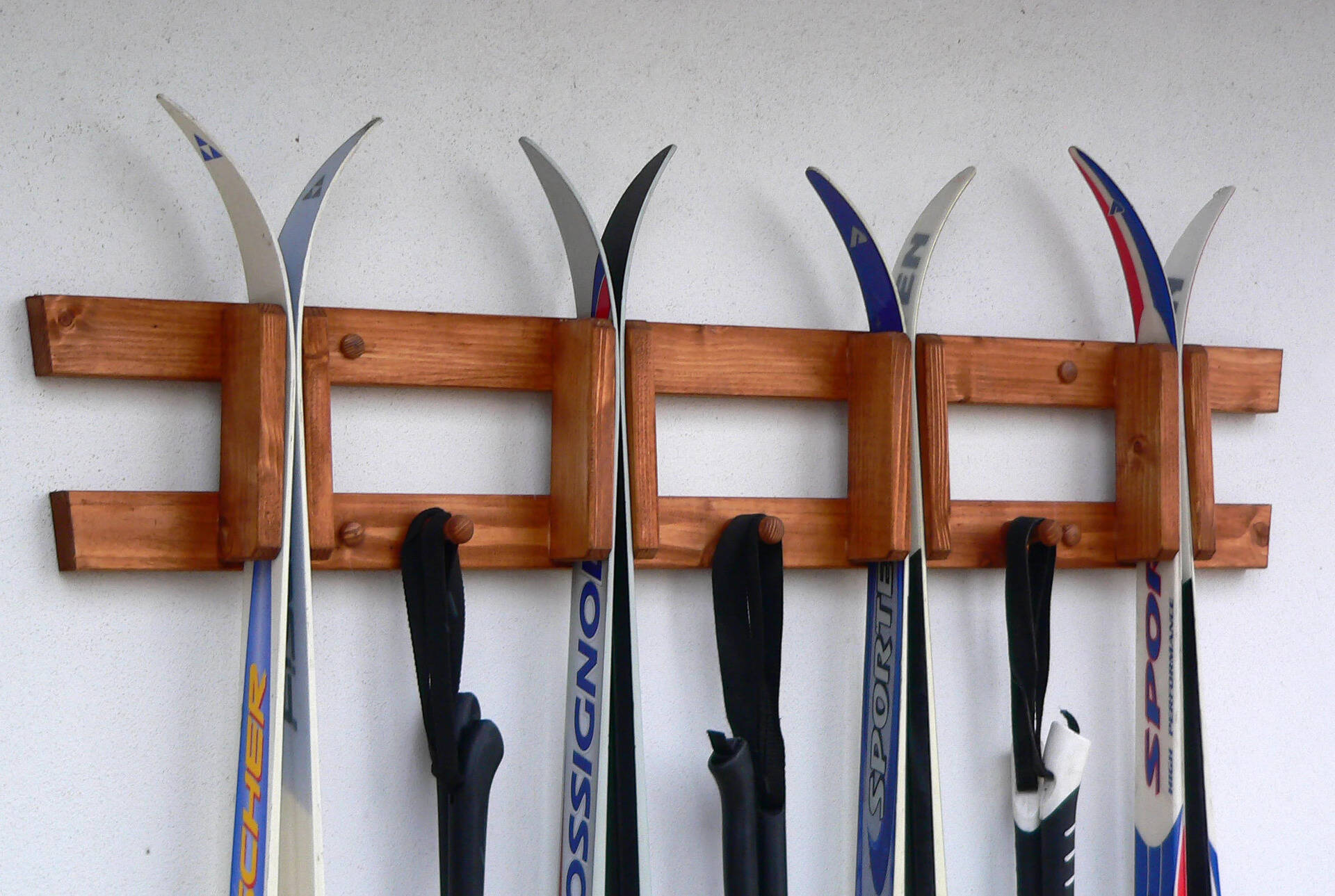
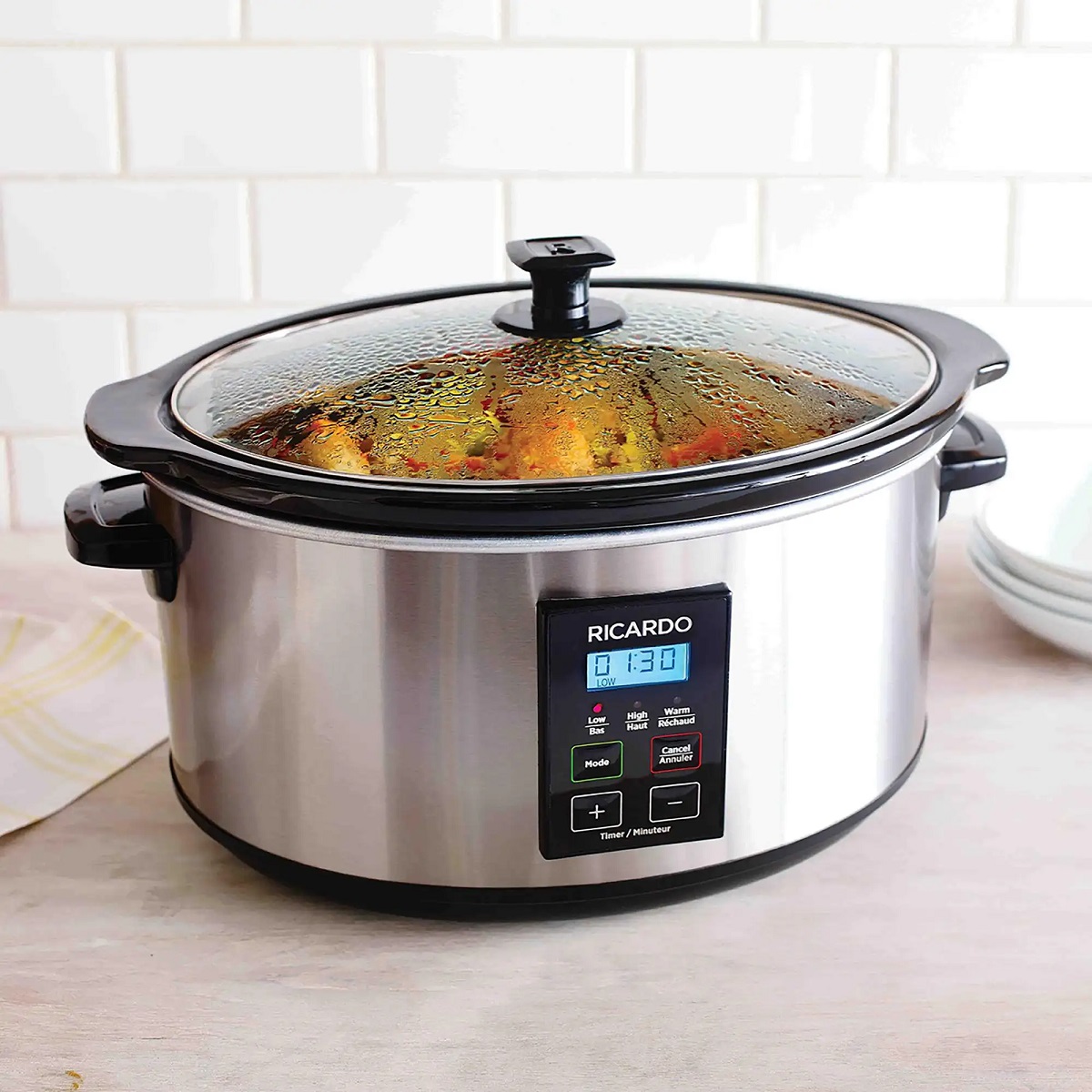
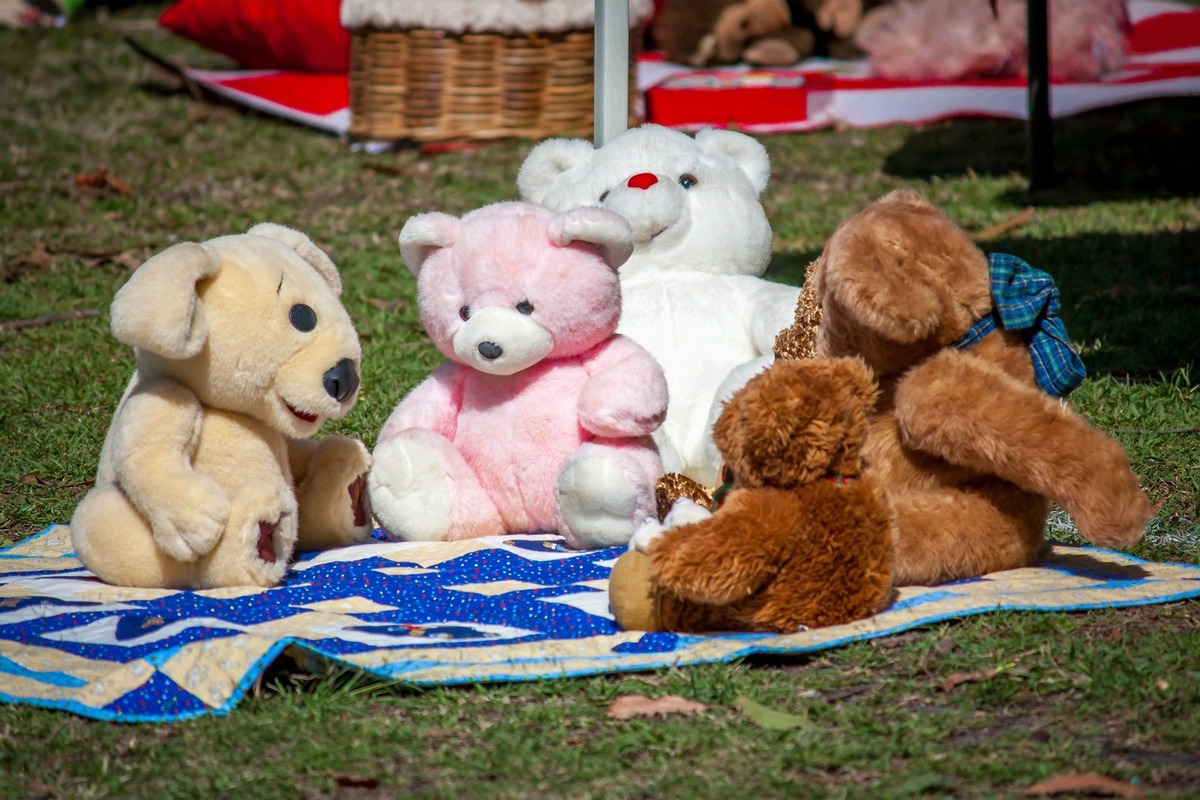


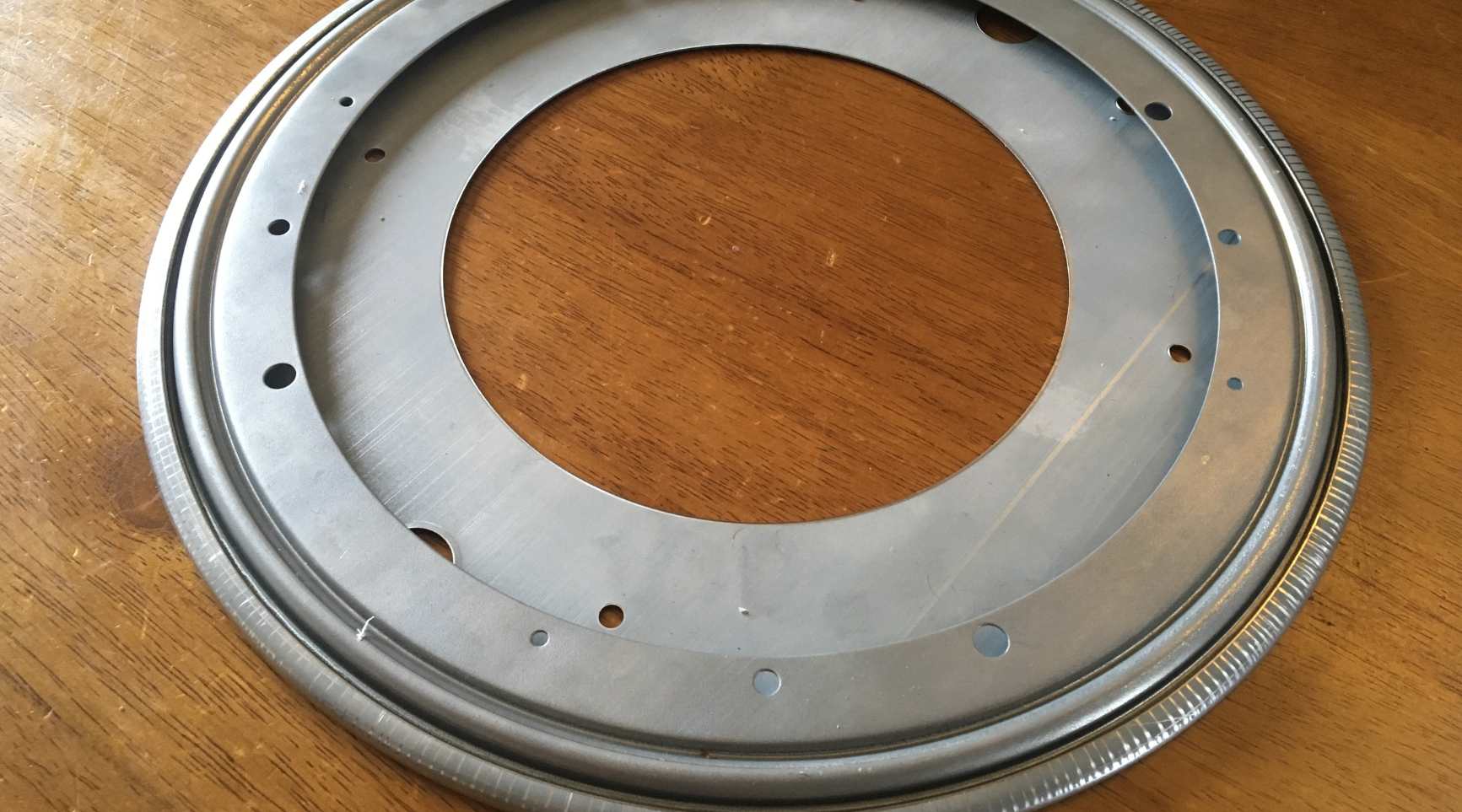


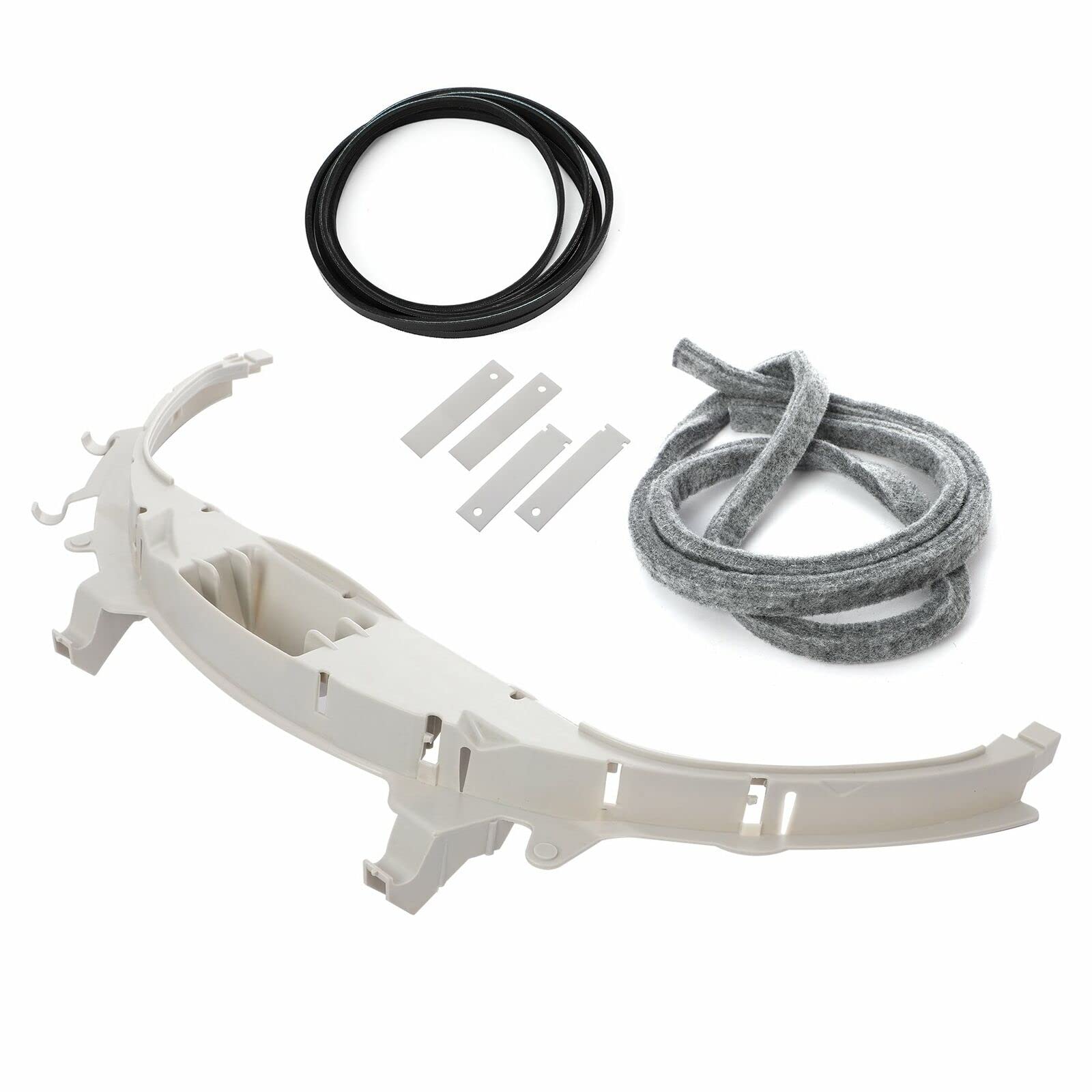


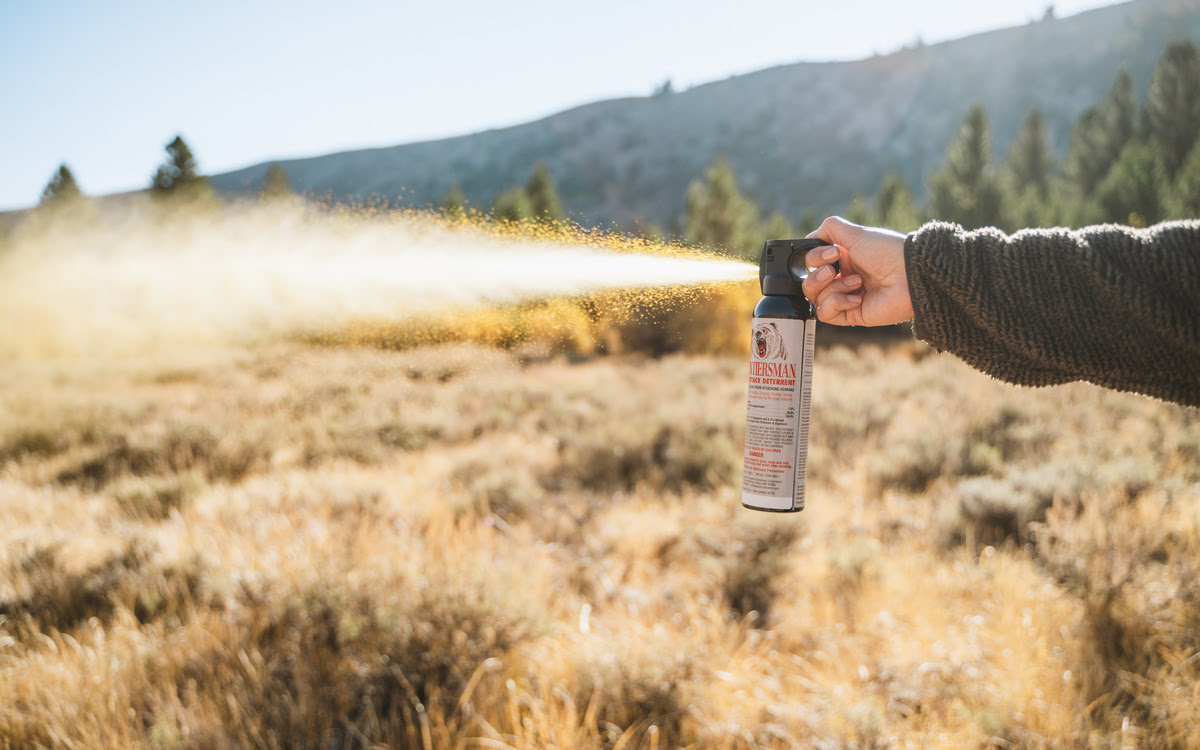
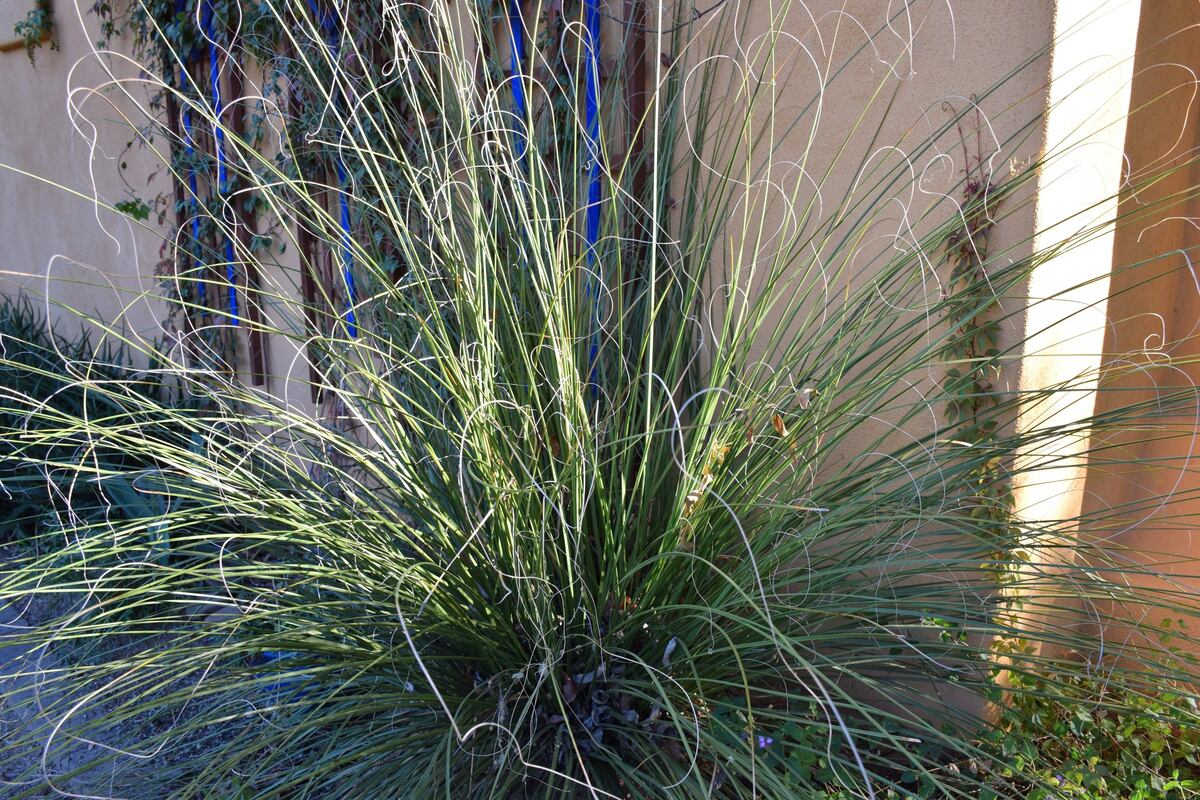

0 thoughts on “How To Store Food In Bear Country”